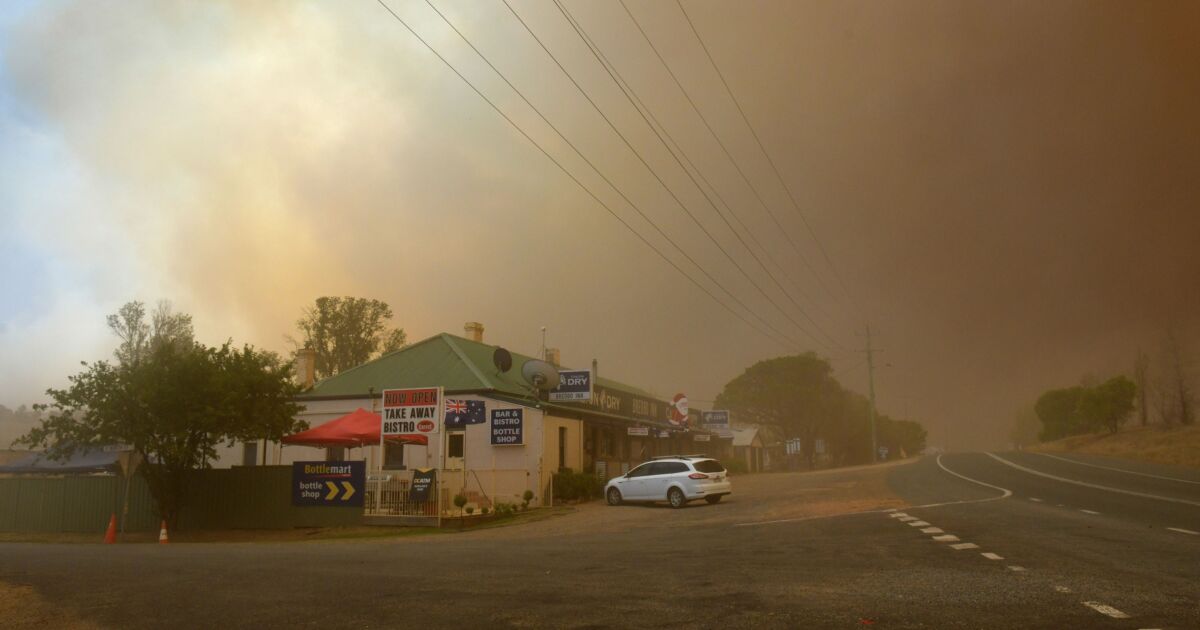Wildfire risk requires policy solution: IBHS president

Policymakers must take action in wildfire mitigation through a strategic, comprehensive approach to offering wildfire resilience solutions, Roy Wright, President and CEO of the Insurance Institute for Business and Home Safety (IBHS), testified to the U.S. House Financial Services Committee.
During the “State of Emergency: Examining the Impact of Growing Wildfire Risk on the Insurance Market” hearing held on September 22, Wright shared the results of a FEMA report, titled “Wildland Urban Interface: A Look at Issues and Resolutions,” which demonstrates that approximately one-third of the U.S. lives in areas that are at increased risk – that’s nearly 99 million Americans at risk of wildfires.
Moreover, he highlighted that a study, “In the Line of Fire,” conducted by the Cooperative Institute for Research in Environmental Sciences, shows almost “60 million homes in the U.S. are within an area that has already burned or are within a kilometer of previous fire,” Wright explained. “In light of the wildfires that have occurred in the last two years, including more than 7 million acres burned in 2021, this figure is surely higher today.”
The IBHS Research Center developed a wildfire mitigation and resilience program, Wildfire Prepared Home, in response to the heightened wildfire risk affecting the nation. The research-based mitigation program, which is currently only available in California, uses “available wildfire science, building performance characteristics, data analytics insights, and contributions from a diverse group of wildfire leaders,” shared Wright, “to provide homeowners, insurers, and policymakers with a risk reduction tool to prevent avoidable suffering, harden homes, and support thriving communities.”
The Wildfire Prepared Home program offers users mitigation actions, for both new and existing homes, that protect three key areas of the home that are most vulnerable to experiencing or spreading wildfire: the roof, building features, and defensible space – the five-foot, combustible-free area surrounding a home, also known as the home ignition zone or ember-resistant zone. In his testimony, Wright also highlights that the program requires homeowners to take measures such as trimming trees and branches surrounding the home ignition zone, maintain and remove debris from the yard, remove combustibles from decks, and many other comprehensive steps in wildfire reduction.
Wright said that these measures are “achievable and effective,” and cites a study by IBHS and Headwaters Economics that shows that with an additional $3,000 during construction, homeowners can mitigate wildfire risk in vulnerable areas of the home.
“None of this is free. We cannot in one breath say ‘the climate is changing and making wildfires worse,’ and in the next breath say ‘I want the costs of building and insurance to be cheaper.’ The changing climate has a cost…” said Wright. “We are not powerless. Strengthening our resilience to wildfire is among the most pressing challenges faced by too many American families, but solutions are within our reach.”
Wright shared that there are three areas that are essential to include in federal, local, and state wildfire mitigation policies: creating stricter building codes and standards, offering financial incentives and support for homeowners to invest in resilience solutions, and providing continuous public education and resources – especially with specific, actionable steps for mitigation practices.
“Just as the mitigation actions to reduce property level wildfire risk must be undertaken collectively, so too must the actions of federal, state, and local policymakers to assist homeowners to achieve a higher degree of resilience,” Wright stated.



